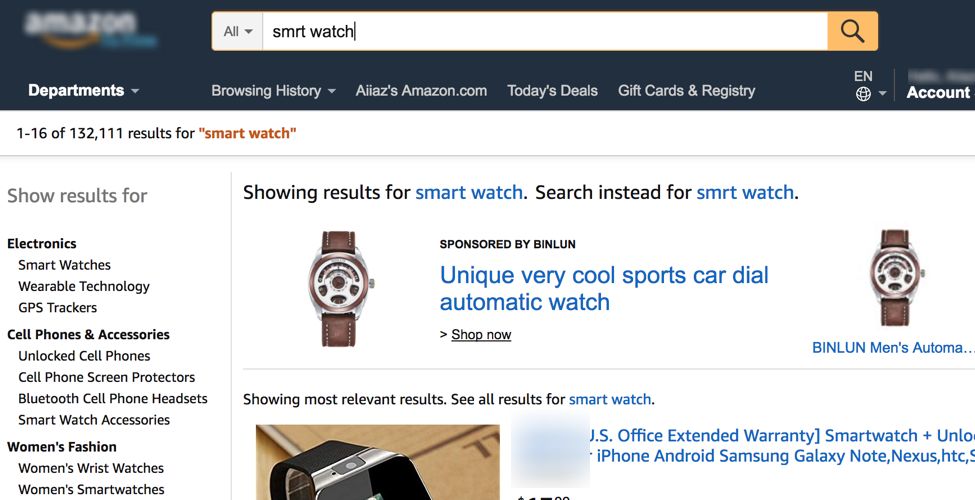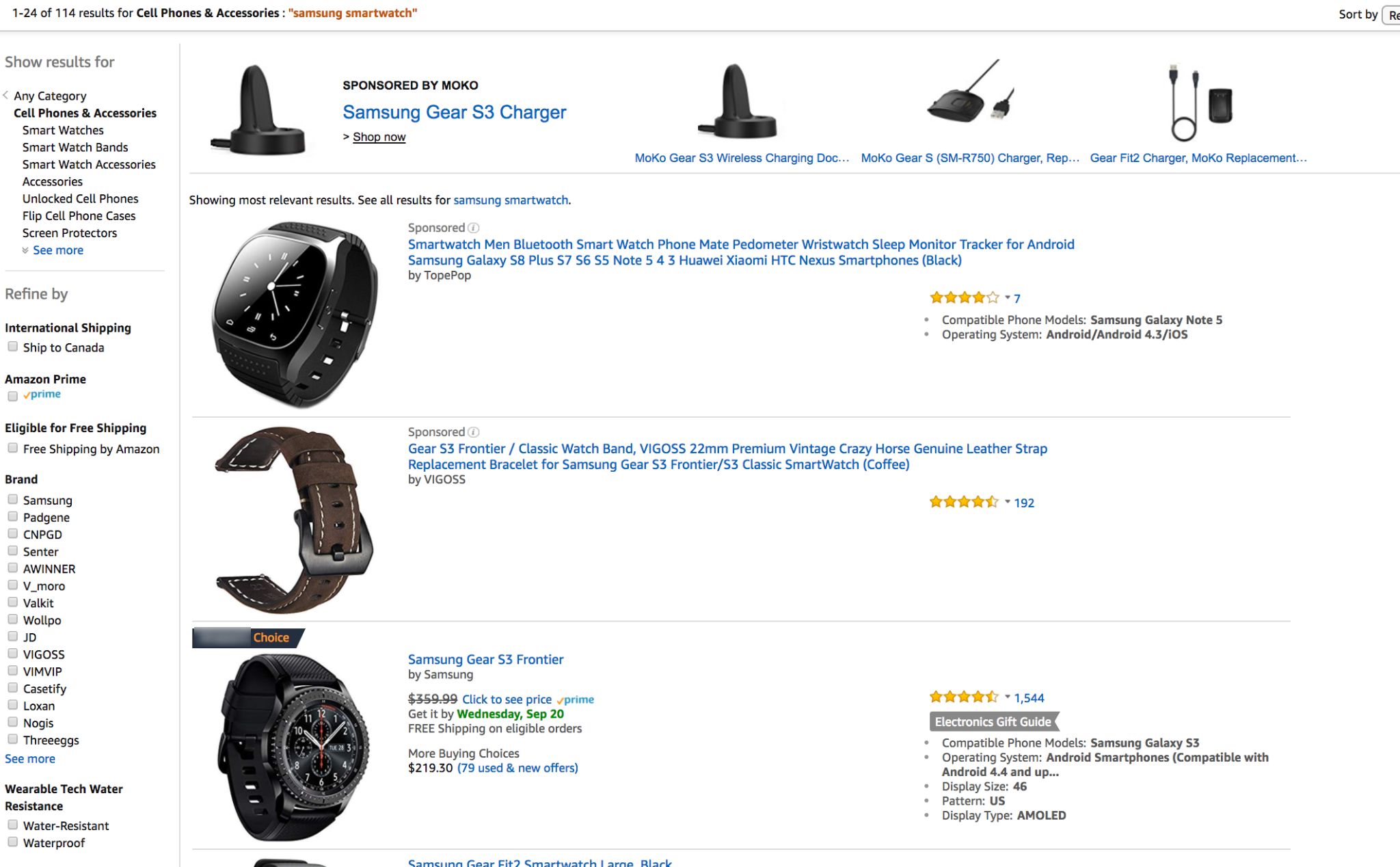Are you getting the insights you expect from your website search?

When considering search, the first thought is generally SEO (Search Engine Optimization) and SEM (Search Engine Marketing). Both involve driving and maximizing the visitors to a site or a given page. However, once they get there, are they getting what they want? Maybe. Can we do more? Probably. How? One way is to factor in the insights from your website search when selecting the content to show them.
We live in a content-centric age where a vast quantity of content is available to everyone. The trick is not only to get people to your site to see your content and show them relevant content, but to also to show them context-appropriate content: show the visitor what they were specifically looking for.
Modern Content Management System’s (CMS) have marketing tools that allow marketing users to tag content for search. Those tags are then in turn used to target content to visitors to personalize their experience.
So, now the real question… What insights can I get from my search engine and how can I use them to enhance visitor experience?
We can start by looking at the actual search query inputted by the visitor. Why is this so important? It gives us insight into what the visitor is looking for, what their intention is, and this gives us critical information about their context. We can test the validity of our assumptions about context by looking at what the visitor clicks next. If the next click matches what we expected, we made good assumptions about their context. If it doesn't, and instead they try another search, we were wrong. Data Management platforms such as BlueKai or Lotame can be integrated with your WEM platform to consume this data and derive these types of patterns to provide insights to marketing. More recently, artificial intelligence systems have started developing excellent predictive models about the same ideas and can determine context more and more reliably.
Once such patterns are identified, strategies can be deployed to enhance the visitor’s experience and even convenience. These include:
- If other visitors making the same query made another search with alternative search terms, those can be listed as suggestions for alternate options;
- An alternative list of search results can also be displayed with the results; and
- A recommendation to other pages or content that were more relevant to other visitors can be displayed.
Such capabilities are currently being deployed for sites such as Amazon. For instance, if one types “smrt watch” on Amazon’s search bar, Amazon will return the search results for “smart watch” determining that you probably spelled smart wrong and were looking for smart watches, but still, provide the option to query the former as shown below.
The search term can also be used to get an understanding of the visitor’s current interest and make recommendations to cross-sell, upsell, or recommend competitive products either within the search results itself or in a separate widget on the site. Amazon also does this, illustrated in the next screenshot.
When searching for “samsung smartwatch” Amazon renders ads for chargers for that product highlighting the Samsung brand first and then other brands and also an ad for a watch band (cross-selling). Amazon also renders a competitor’s ad for a different smartwatch brand. Data from tracking visitors’ clicks on the search results page based on the keywords they typed in could be used to refine and provide more accurate results and ads that visitors are likely to click. For instance, if the bulk of visitors who searched for Samsung Smartwatch also clicked on Samsung Gear Chargers then an ad for that product can be highlighted to other visitors searching for Samsung Smartwatch.
Search engines also calculate relevance which indicates how well the visitors’ search queries match the indexed content. Quite often, search results are ordered by relevance. If visitors are never clicking on the most results determined by the search engine that indicates that either the content is not tagged appropriately or may even indicate that the content is stale or irrelevant and should be removed.
Finally, typical e-commerce sites that manage a product catalog have filters for product-related search results for a faceted search. These filters are used to categorize the results for visitors and often define the taxonomy for the products on the website. It is possible to track which filters are clicked. This data can be used in the following ways to optimize and benefit the experience:
- Knowing which filter a visitor clicked may provide insight and further context to what the visitor is interested in. This can be used to refine recommendations and ads.
- If there are multiple categories for content it would indicate to which ones are used by the visitors and which ones are not. This would provide the business insight on how visitors associate and categorize content on the site, especially when combined with the search query used. This can be used to optimize the information architecture of the website to help visitors find relevant content faster.
Through search terms and the resulting click stream, website search can provide numerous insights that can help understand both the interests and intent of a visitor. This information can be used to ensure to optimize the information architecture of the site, ensure that content is not stale and is tagged appropriately for its target audience and empowers business to create new context-aware content that can provide cross-selling or up-selling opportunities. So, ARE you getting the insights you expect from your website search?
- Log in to post comments



